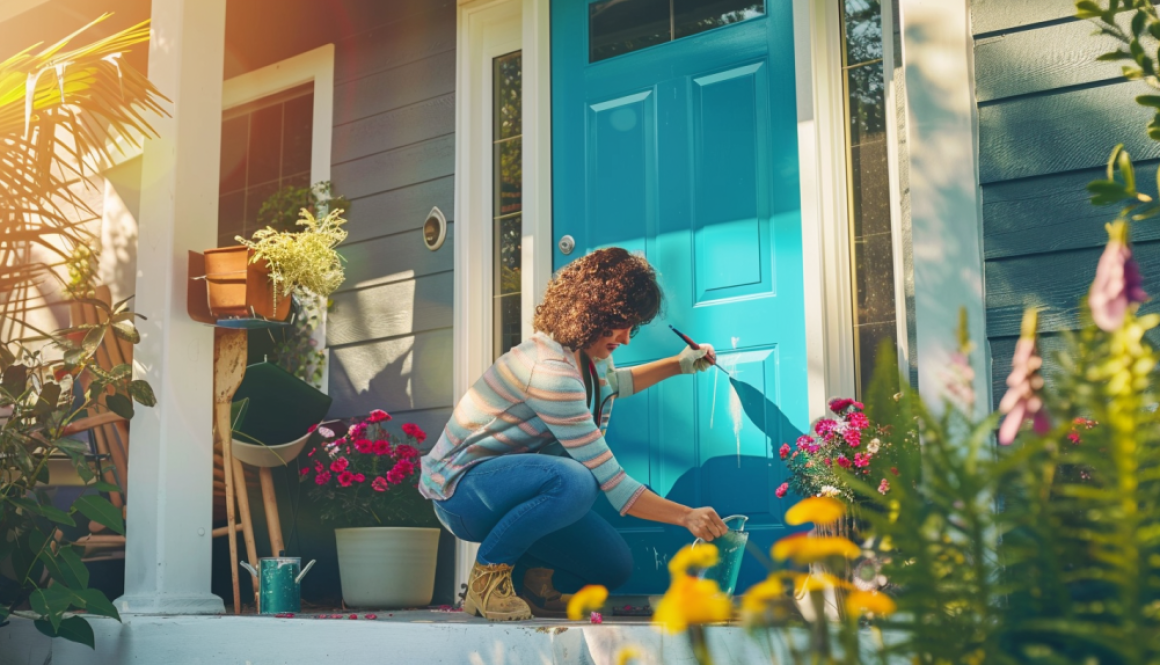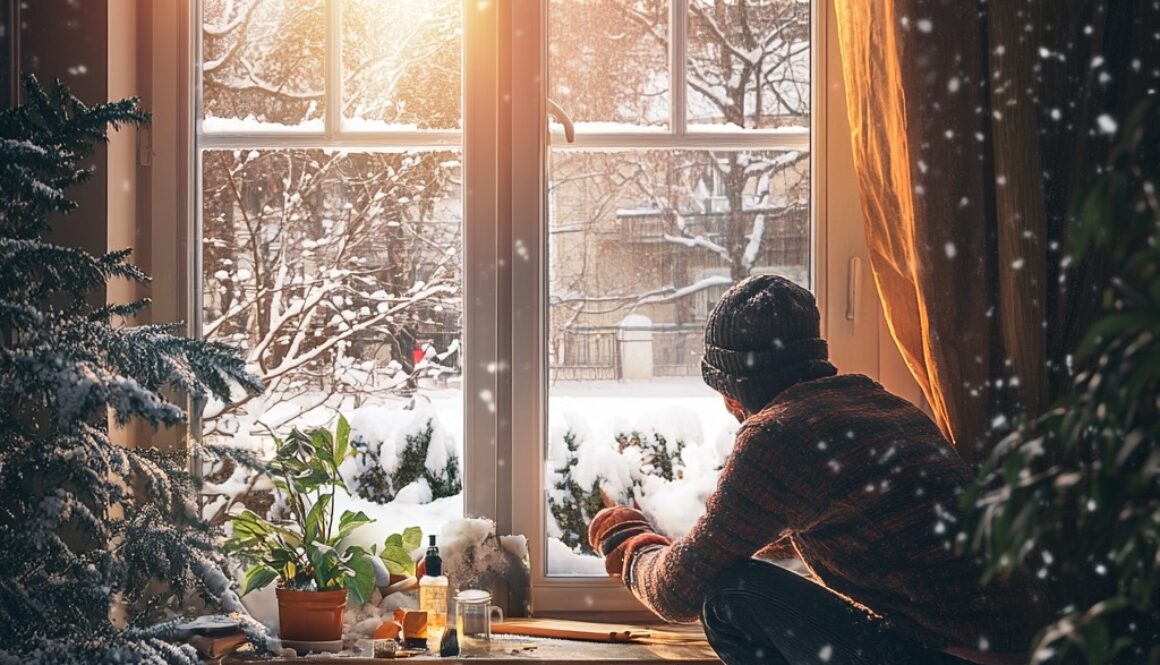Current & Potential Impacts of Tariffs, Inflation and Interest Rates – Vancouver Real Estate Market
Several significant economic factors, including U.S. tariffs on Canadian goods, inflation trends, and fluctuations in interest rates currently influence the Vancouver real estate market. Understanding these elements is crucial for stakeholders navigating this dynamic landscape.
Impact of U.S. Tariffs on Canadian Lumber
The longstanding softwood lumber dispute between Canada and the United States has led to the imposition of tariffs on Canadian lumber imports. In 2017, the U.S. Department of Commerce announced anti-subsidy tariffs averaging 20% on Canadian softwood lumber, with specific companies facing varying rates:
- West Fraser Mills: 24.12%
- Canfor Corp: 20.26%
- Resolute FP Canada Ltd: 12.82%
- Tolko Marketing and Sales: 19.50%
- J.D. Irving Ltd: 3.02%
These tariffs have contributed to increased costs for Canadian lumber producers, which can translate to higher prices for raw materials in the construction industry. While the federal government has taken steps to mitigate these impacts, the reality is that trade disputes between Canada and the U.S. can make Vancouver’s already expensive housing market even more costly.
Inflation Trends and Housing Prices
Inflation plays a pivotal role in the real estate market. As of early 2025, Canada has experienced a moderate inflation rate of approximately 2.1%, aligning with the Bank of Canada’s target range. Stable inflation contributes to predictable costs for goods and services, including construction materials and labor. This stability can encourage investment in new housing projects, potentially increasing supply and easing price pressures in Vancouver’s housing market.
Interest Rates and Mortgage Affordability
Interest rates significantly influence mortgage affordability and, by extension, housing demand. The Bank of Canada has maintained its policy interest rate at 1.75% since late 2024, following a series of rate cuts aimed at stimulating economic growth. Lower interest rates reduce borrowing costs for homebuyers, making mortgages more affordable and potentially increasing demand for housing in Vancouver.
The Bank of Canada’s aggressive rate hikes over the past couple of years made mortgages increasingly expensive, pricing many would-be buyers out of the market. Now, with rates expected to decline, we’re looking at a potential resurgence in demand.
Lower interest rates make borrowing more affordable, which could drive more buyers back into the market, increasing competition and, ultimately, home prices. Sellers who have been sitting on the sidelines, hesitant to list their homes in a sluggish market, may now find the confidence to re-enter, leading to an increase in inventory.
But there’s another side to this: Investors and foreign buyers. When interest rates drop, investment properties become more appealing, particularly in a city like Vancouver, where real estate remains a sought-after asset. This could drive up competition for homes, further pushing prices higher.
Current Vancouver Real Estate Market Statistics
To contextualize these economic factors, consider the following statistics from Vancouver’s real estate market as of March 2025:
- Average Home Price: $1.2 million, reflecting a 5% increase year-over-year.
- Number of Sales: 2,500 units sold in February 2025, a 10% increase compared to February 2024.
- New Listings: 3,000 new listings in February 2025, indicating a 7% increase from the previous year.
What This Means for Buyers and Sellers
For buyers, the coming months may present a window of opportunity before competition heats up. With interest rates coming down and inflation stabilizing, affordability is improving. However, the potential for a rush of buyers entering the market means acting sooner rather than later could be a smart move.
Sellers, on the other hand, might see an advantage in waiting a little longer. If home prices begin to rise as more buyers return to the market, they could secure a better deal by holding off on listing their properties.
These figures suggest a robust and active real estate market in Vancouver, influenced by the interplay of tariffs, inflation, and interest rates.
The Vancouver real estate market is intricately linked to broader economic policies and trends. U.S. tariffs on Canadian lumber have the potential to increase construction costs, impacting housing prices. Stable inflation rates provide a predictable economic environment conducive to investment in housing. Lower interest rates enhance mortgage affordability, stimulating demand. Stakeholders in Vancouver’s real estate market should remain attentive to these factors, as their combined effects will continue to shape the market’s trajectory in the coming months.
Sources: uk.finance.yahoo.com / biv.com / betterdwelling.com / bcrea.bc.ca / wowa.ca / canadianmortgagetrends.com / creastats.crea.ca




















